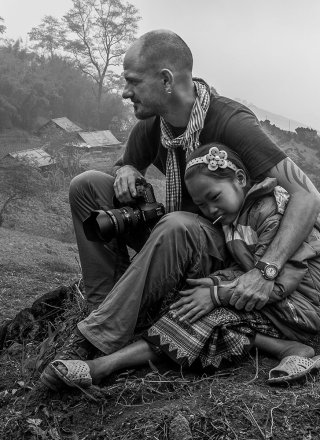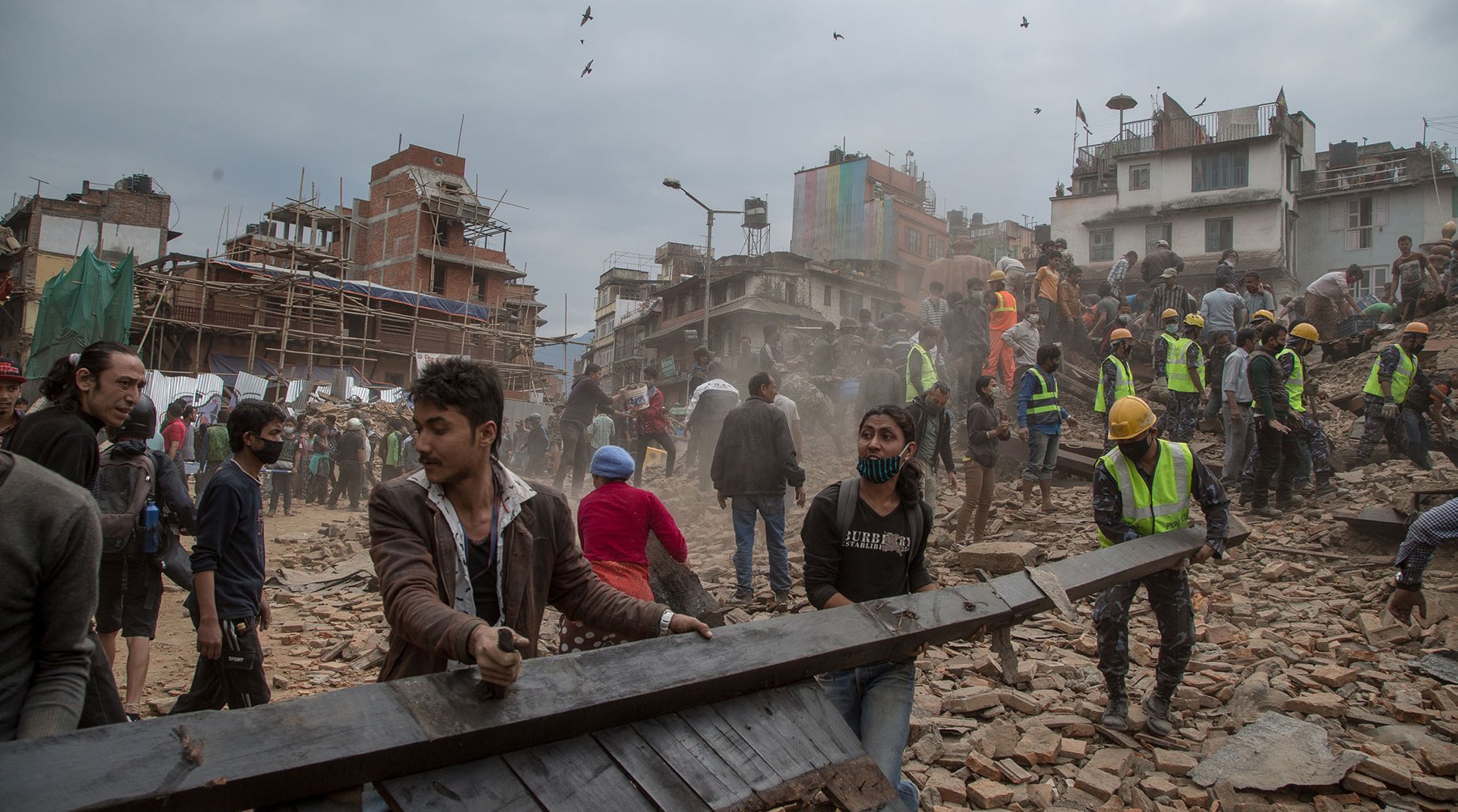
Earthquake in Nepal
Omar Havana
Getty Images
On April 25, 2015, a 7.8 magnitude earthquake hit Nepal, shaking the already impoverished nation to its core. The toll was nearly 9000 dead, some 22,000 injured and hundreds of thousands of homes and historical monuments destroyed. In all, 8.1 million people across the country were affected.
Hundreds of aftershocks, including one reaching 7.2 on May 12, created greater havoc, causing further damage to buildings and temples, not to mention more deaths and injuries for the traumatized population.
The monsoon beginning in mid-June loomed as a major threat to the 2.8 million people left homeless, sheltering under tarps and surviving on aid. While many schools reopened on May 31, thousands of children attended lessons in tents and temporary centers. Under these circumstances, and with the psychological impact on both teachers and students, there are concerns that progress achieved over recent decades in improving school enrollment rates in Nepal may be undermined. Nepal already had significant problems of poverty, malnutrition, lack of access to drinking water, gender-based discrimination, and trafficking, and now the impact of the earthquake will be felt for years to come as the country tries to rebuild and recover.
Preview
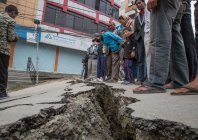

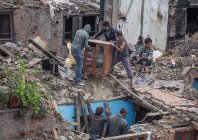
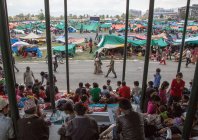
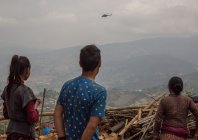
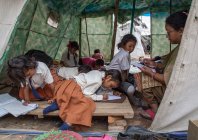
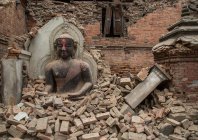
Two months after the earthquake hit, many of the country’s historic sites had been cleared of debris and were open to the public; most shops and schools were also open in Kathmandu and other cities in the Kathmandu Valley, and life appeared to be returning to normal, even though thousands were still living in tents and relying on support from international organizations. As the monsoon moved in, the priority was to clear debris and demolish any partially collapsed and dangerous buildings.
According to Nepalese government officials, more than USD $7 billion will be needed to rebuild and this could take at least five years.
The earthquake has pushed a further one million below the poverty line, here in a country which already had one of the highest poverty rates in the world.
Despite the physical and psychological impact of the drama, the people of Nepal have been working day and night to rebuild their homes and their country, with only one goal in mind: “Nepal will rise again.”
Omar Havana







